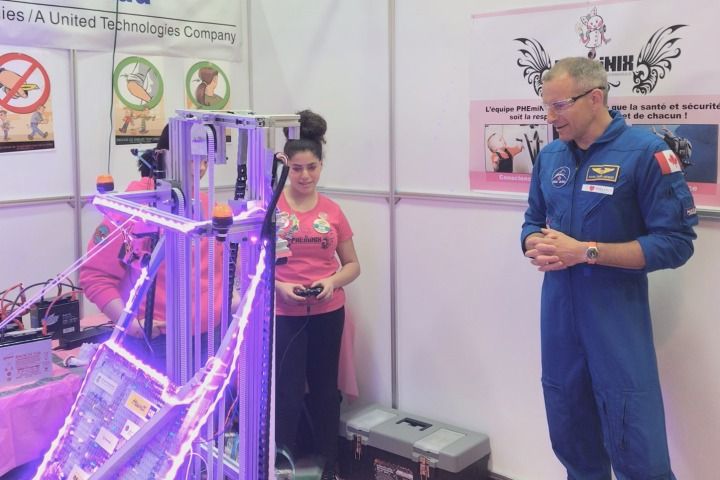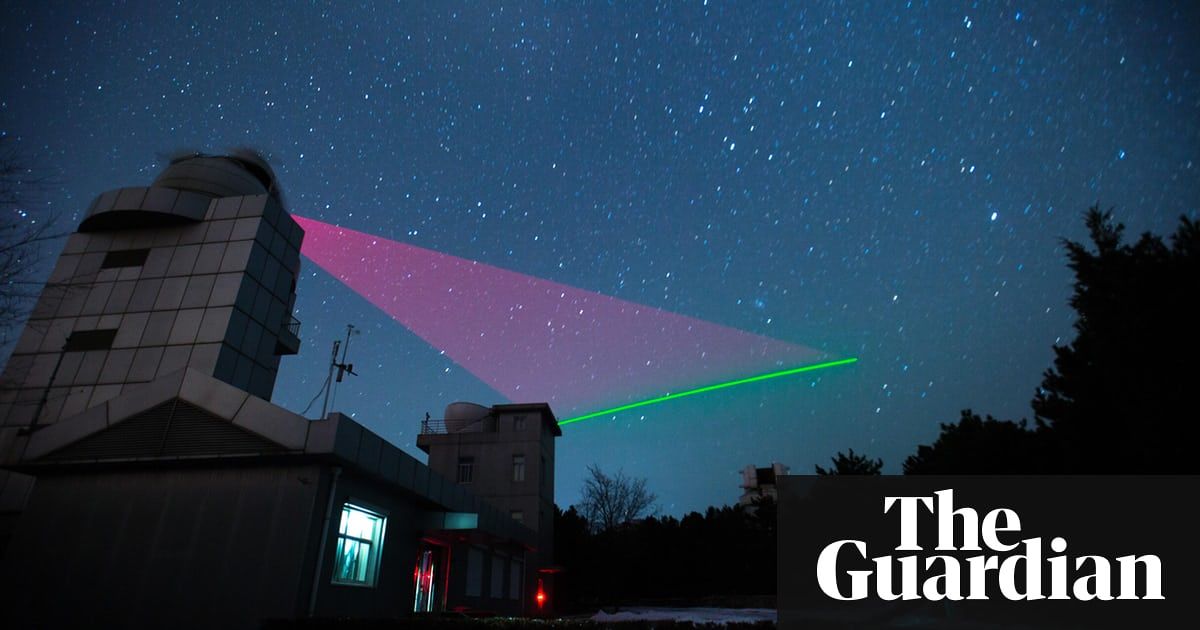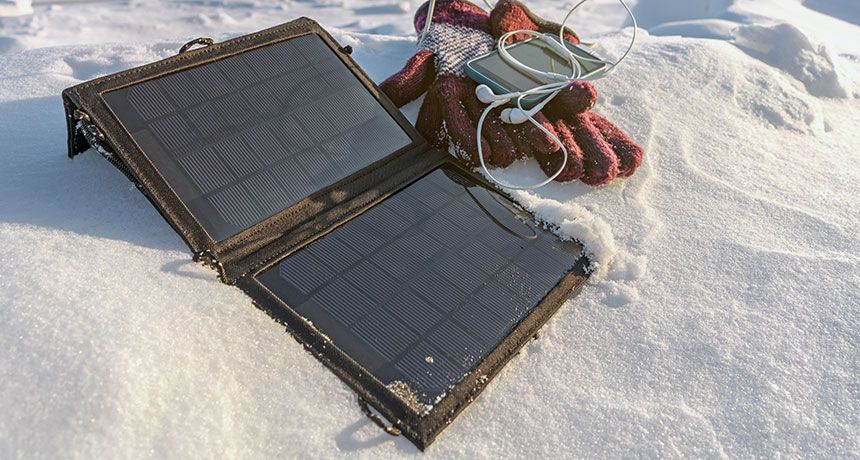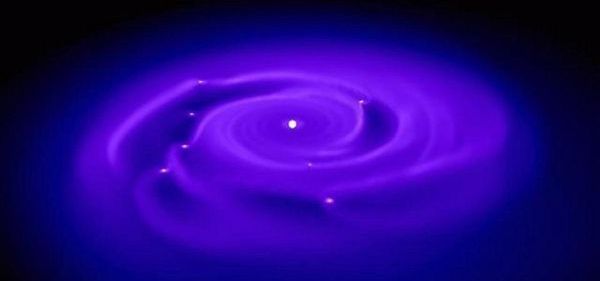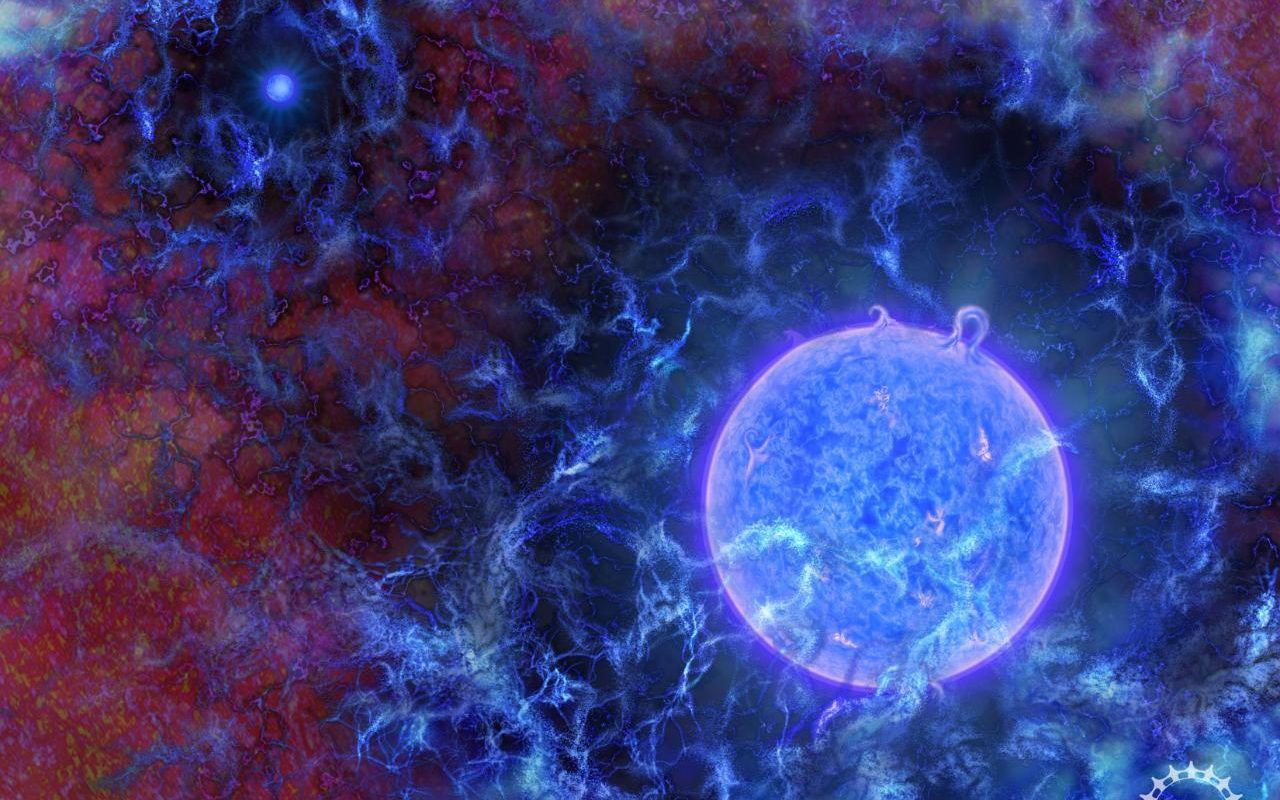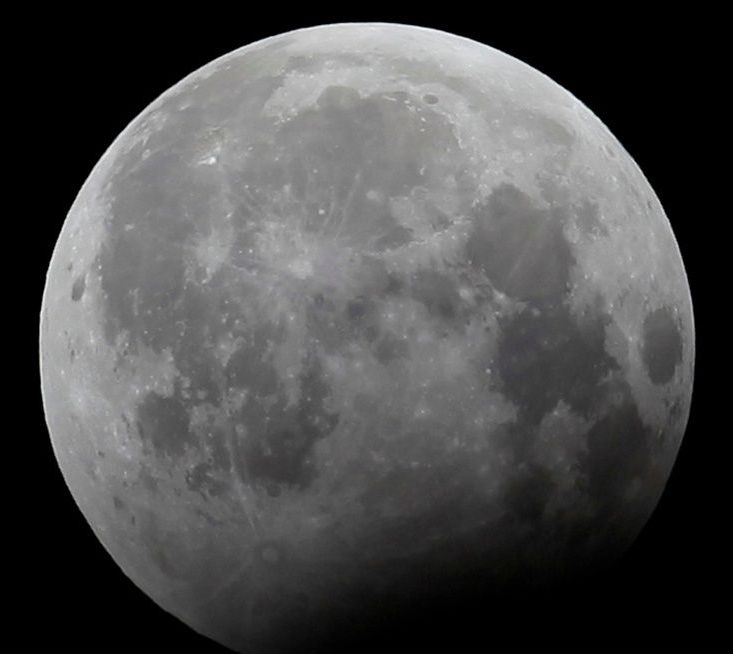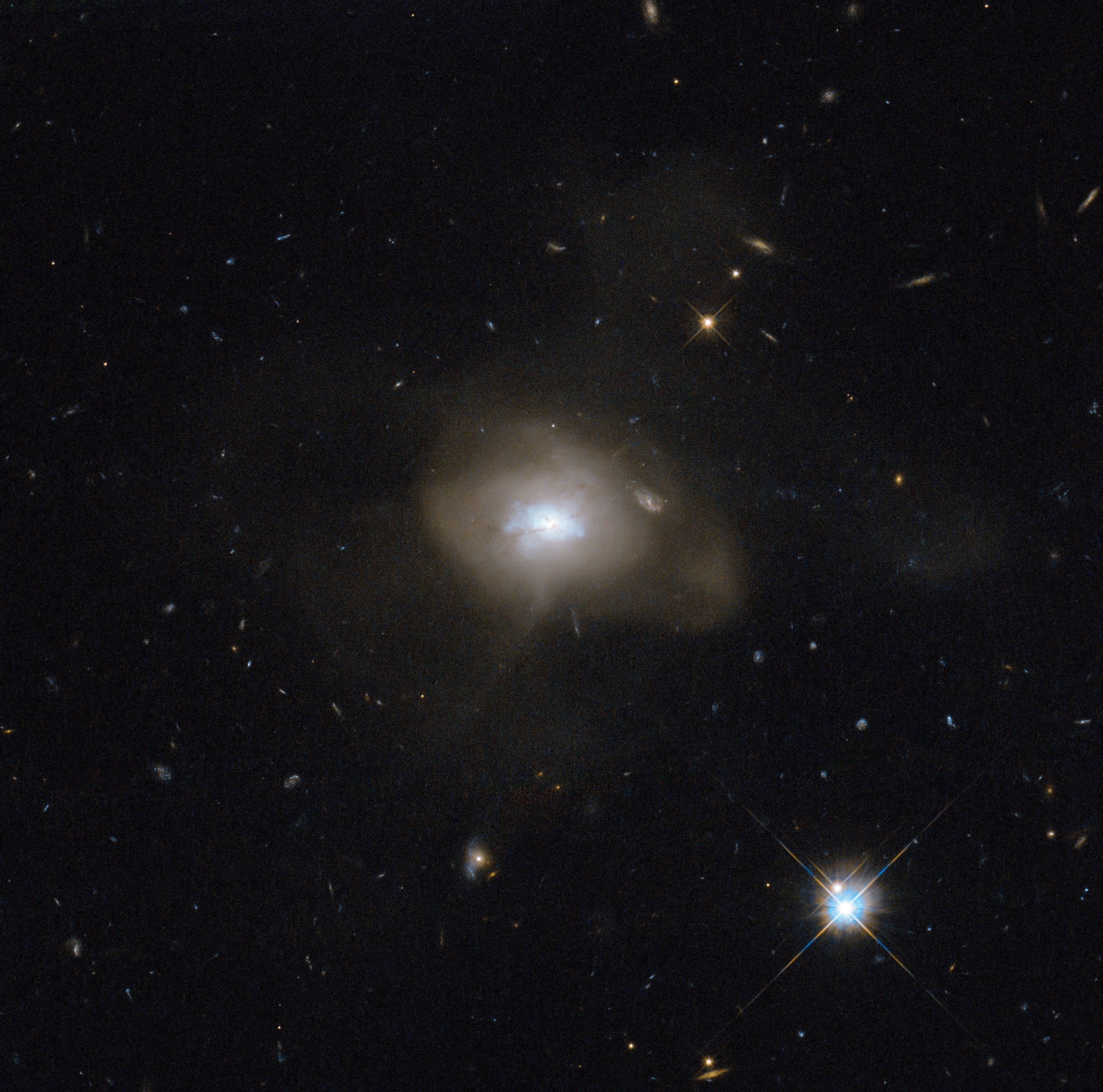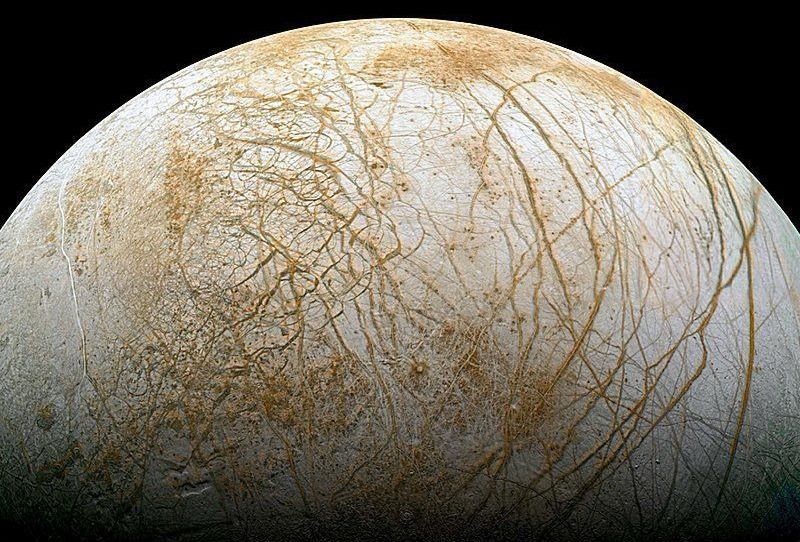Mar 3, 2018
Canadian astronaut David Saint-Jacques visits Montreal robotics competition
Posted by Genevieve Klien in categories: robotics/AI, space
“To have the opportunity to talk to someone like that and to show what we did, it feels great,” said participant Ruby Novoa Forcier, 18.
Saint-Jacques’ visit was part of the Robotics FIRST (Favoriser l’Inspiration et la Reconnaissance des Sciences et de la Technologie) Quebec competition.
Around 5,000 students from different schools across Quebec, the United States and Europe got the chance to compete at the event.
Continue reading “Canadian astronaut David Saint-Jacques visits Montreal robotics competition” »
